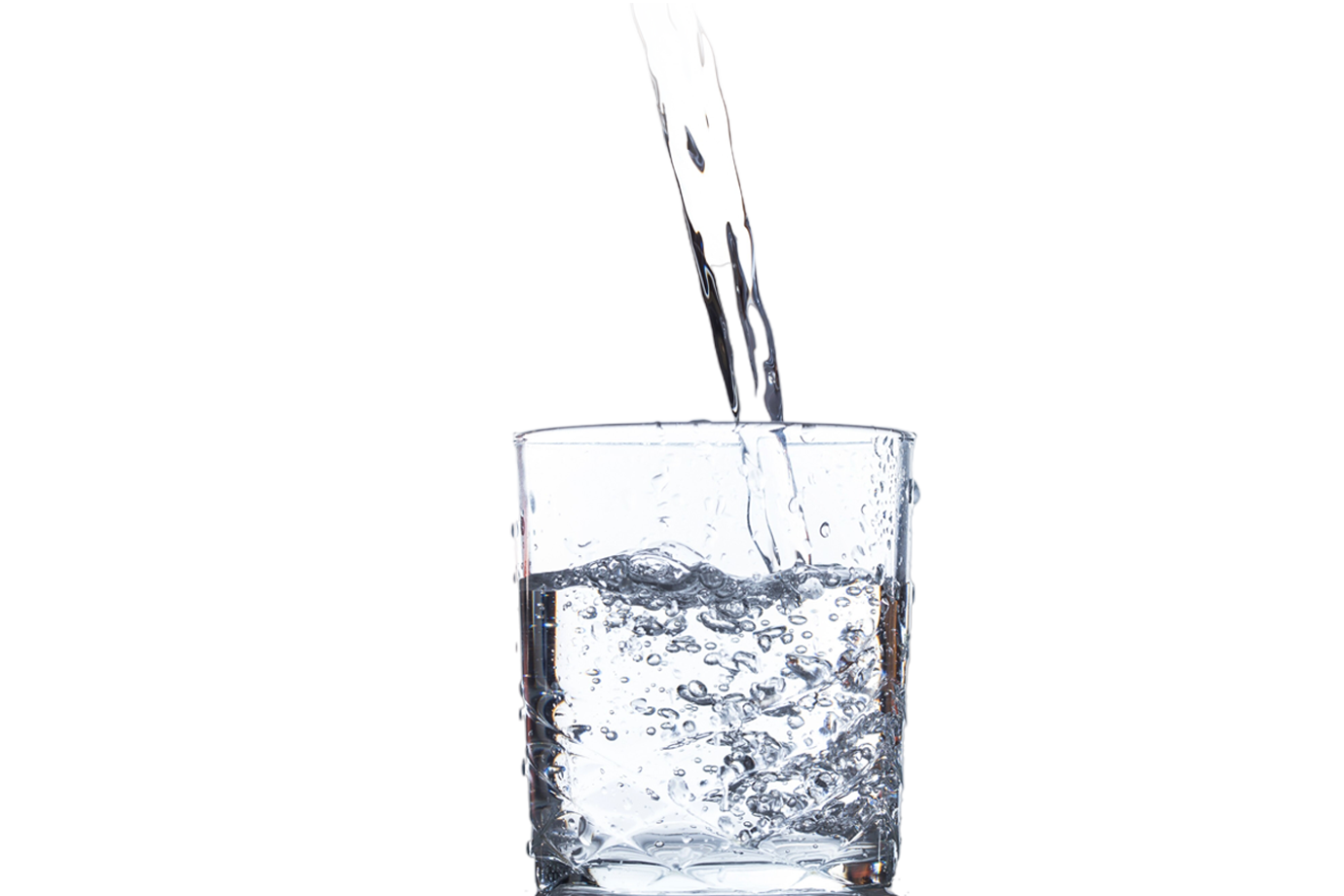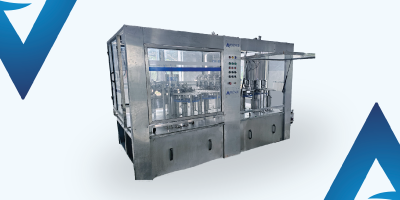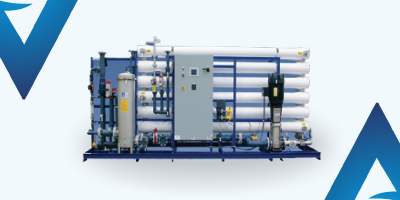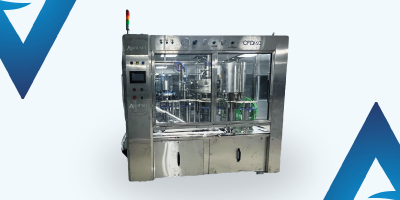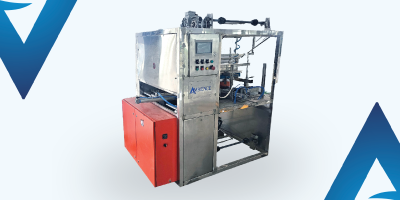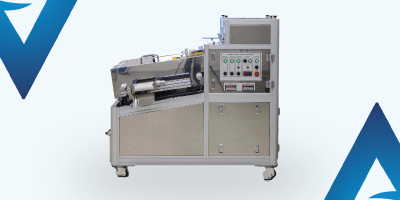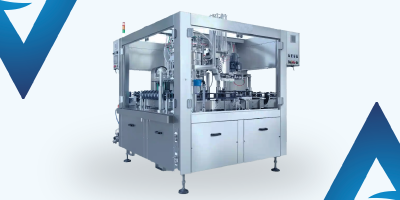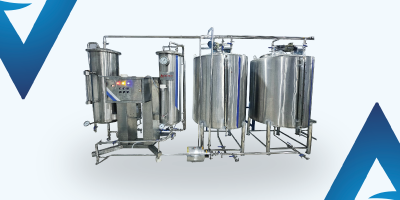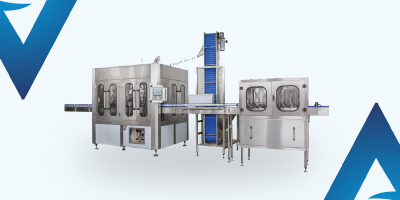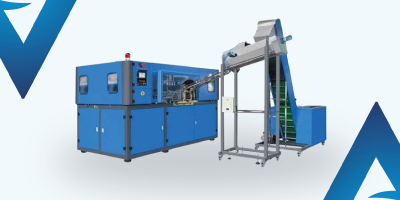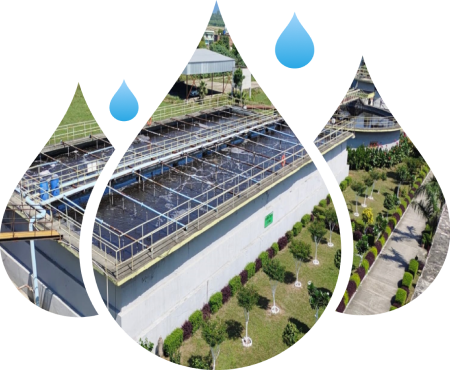About Ambience Water
Your Trusted Partner in
Water Purification Solutions
Welcome to Ambience Water Solutions & Marketing Ltd., a distinguished member of the Ambience Group since 1997,
renowned for our unwavering commitment to excellence in water treatment solutions. With over two decades of
industry expertise, we specialize in delivering cost-effective and efficient solutions across a diverse range
of sectors.
Our extensive portfolio encompasses state-of-the-art technologies tailored to meet the specific needs of
industrial, commercial, and domestic clients.
Read More
